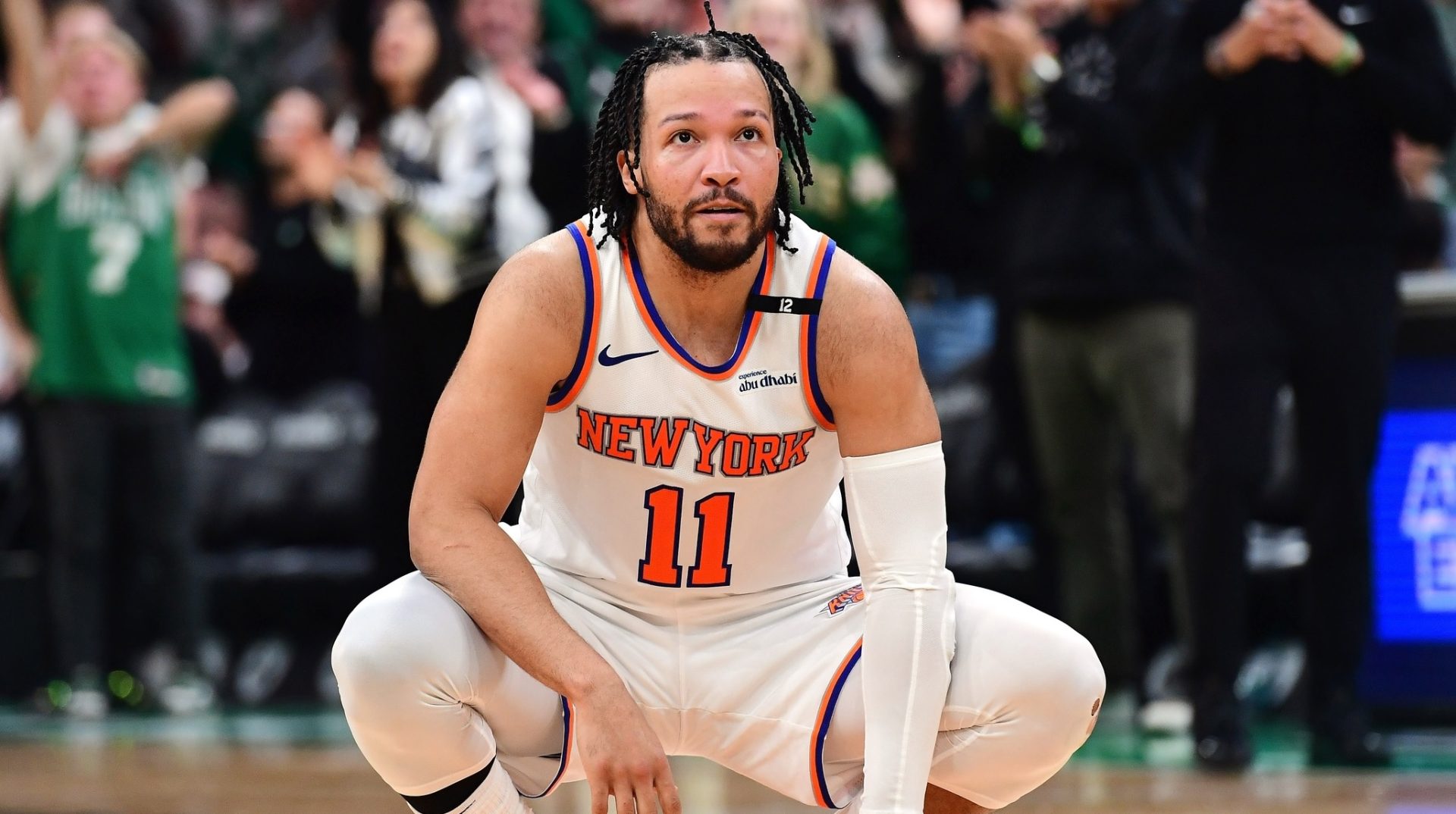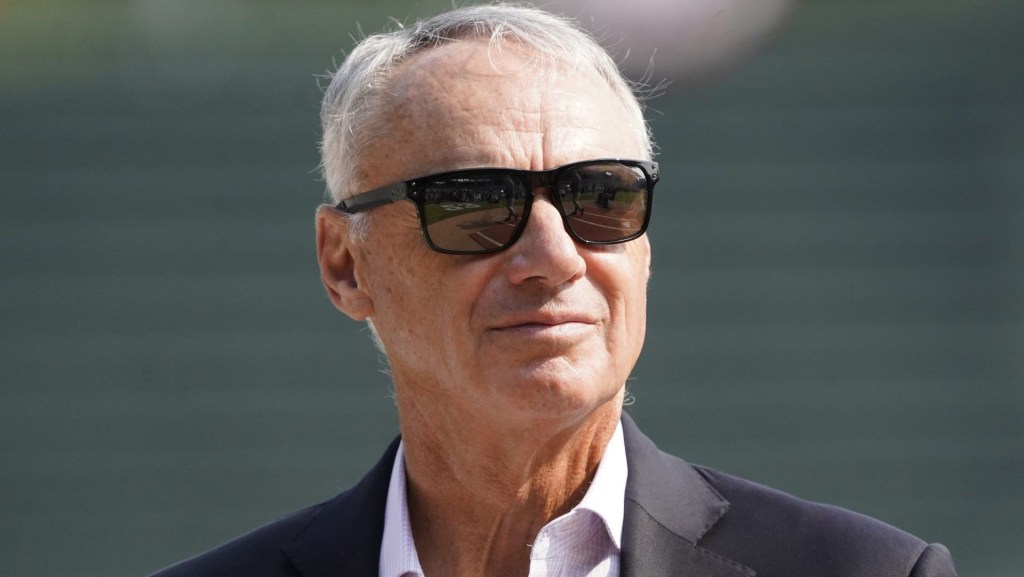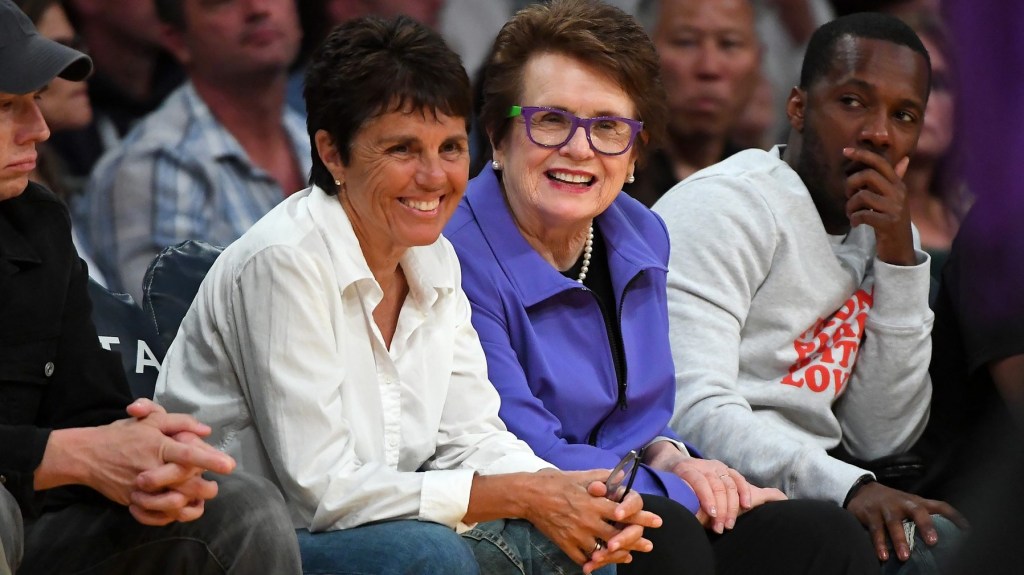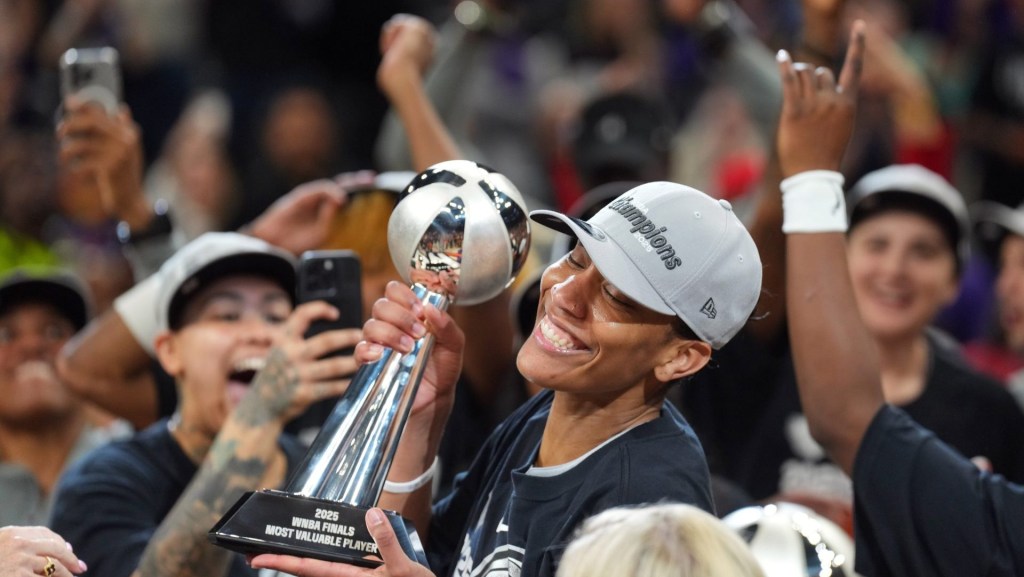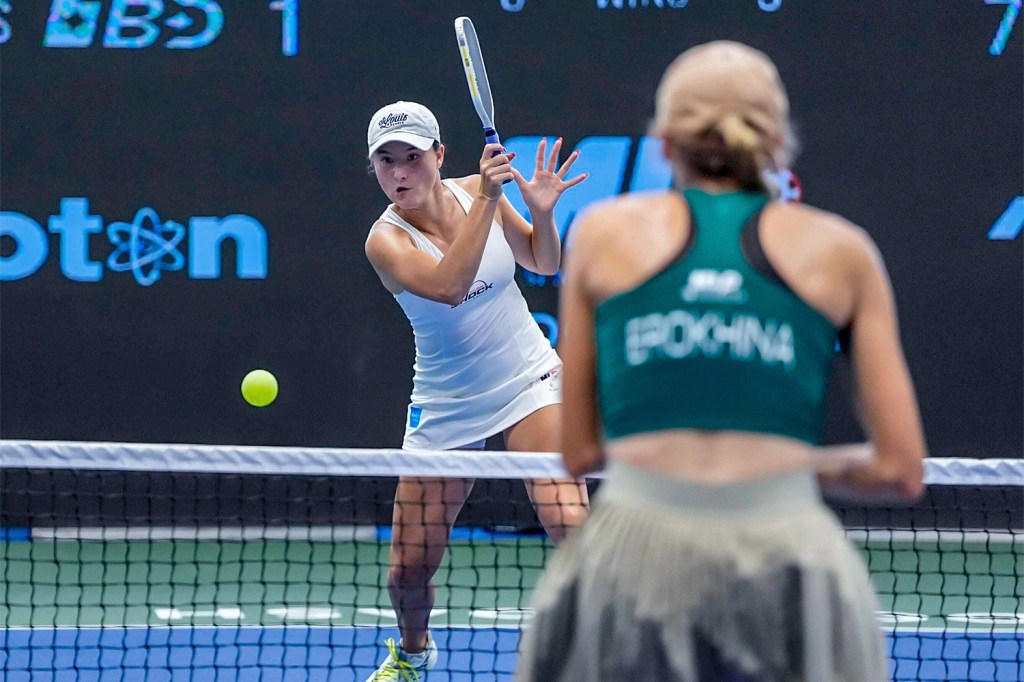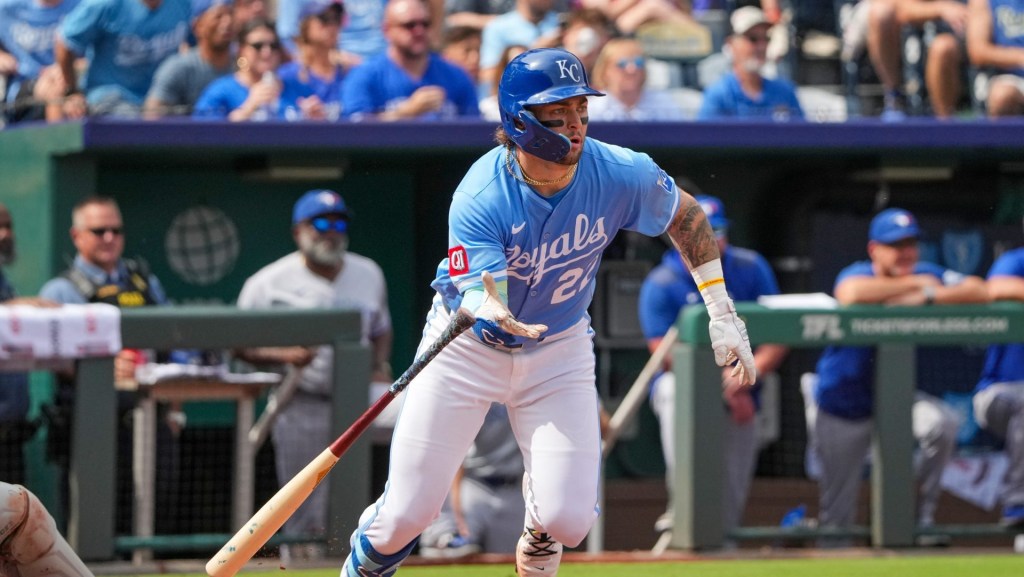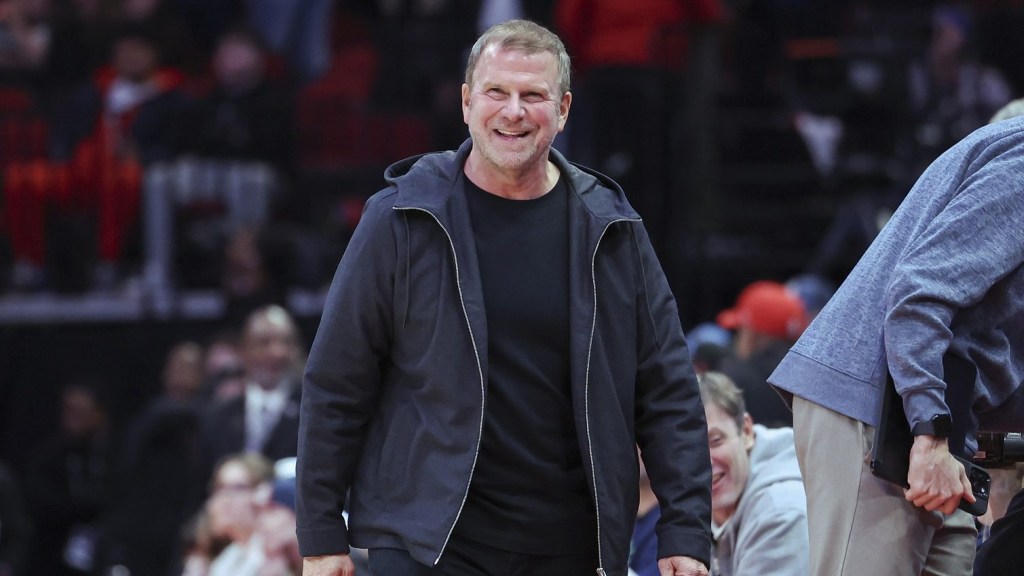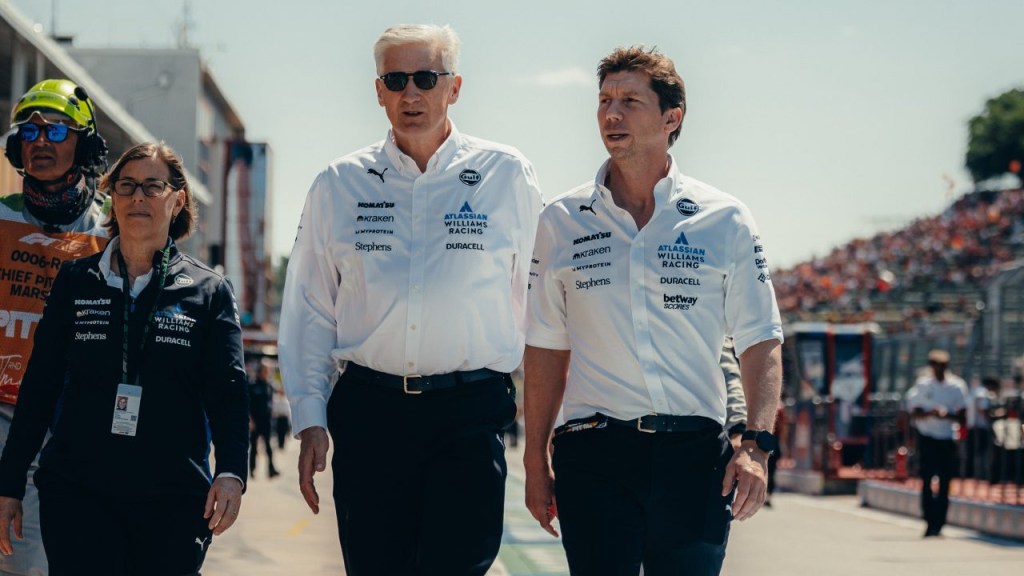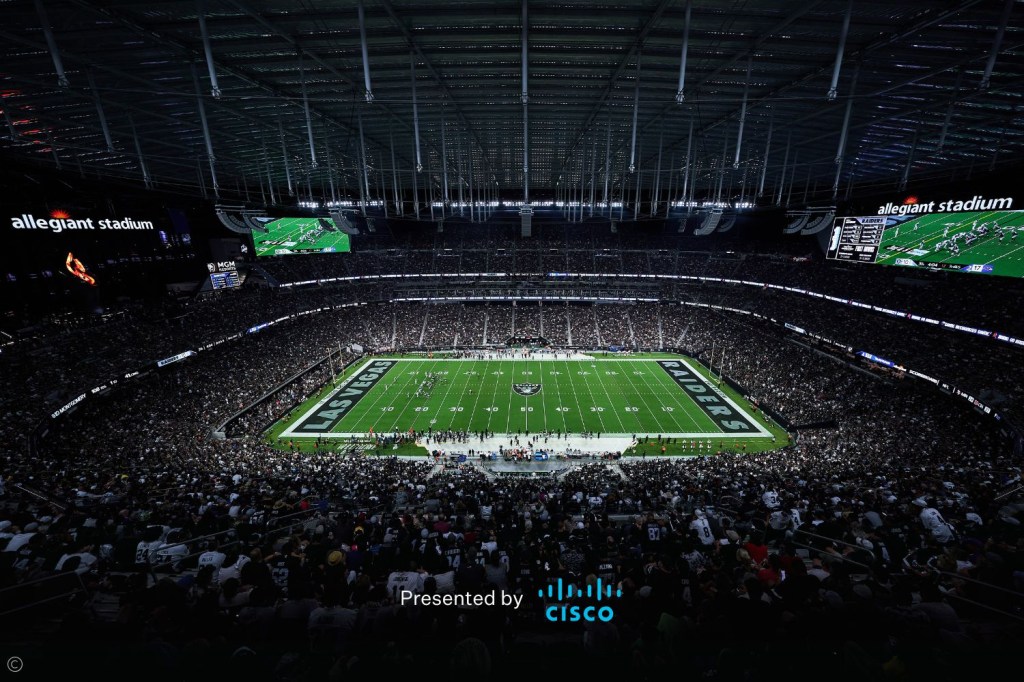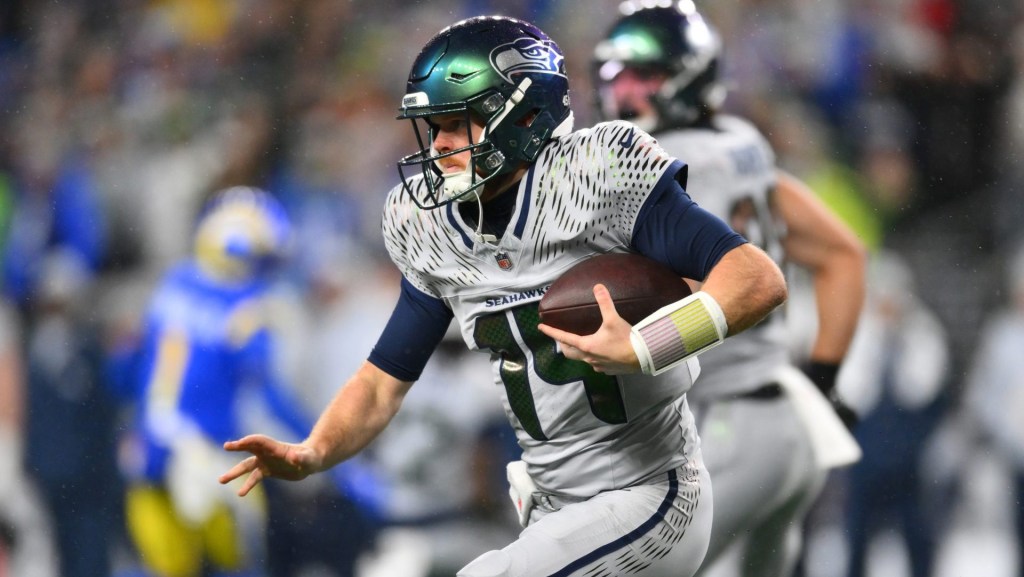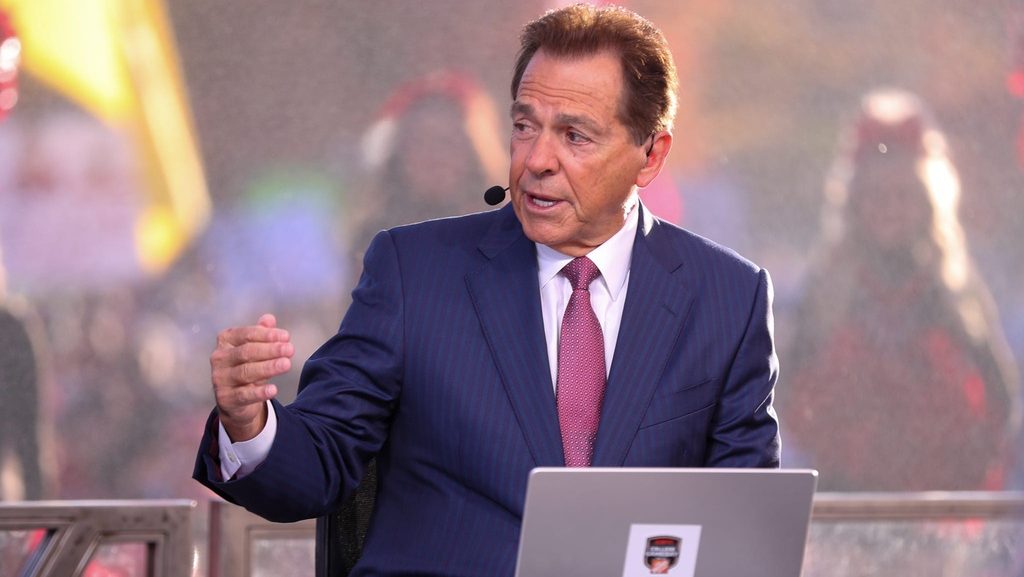Ten months before he led the Knicks to the franchise’s first conference finals since 2000, Jalen Brunson gave the team a discount it will benefit from for years.
In July 2024, Brunson and the Knicks agreed to a four-year, $156 million contract extension. Brunson certainly could have commanded the five-year, $270 million maximum salary if he had waited until this summer. But the nine-figure discount should help New York keep its core—which features two of his college teammates—together longer than many rivals are able to. (Brunson will hit free agency a year earlier because of his extension, allowing him to potentially recoup some of the lost money on a second contract in a time when media rights values and therefore the salary cap are exploding.)
The NBA’s new collective bargaining agreement has made it extraordinarily difficult to keep championship-contending cores intact. For example, the team the Knicks just vanquished, the Celtics, will have to shed salary in order to avoid a bill for 2025–26 that would approach half a billion dollars. The Cavaliers and Nuggets are in similar, if less drastic, situations.
Brunson’s new extension will kick in next year, when the Knicks will really reap its benefits. While teams around the league lose sleep over balancing their books, the Knicks get to relax and run the same team back—at least for now—in a wide-open conference.
Jayson Tatum’s Achilles tear in Game 5 of the conference semifinals sped up the Celtics’ retooling process, with their star out for all of next season and perhaps longer. And hanging over the entire NBA is the uncertain future of Bucks star Giannis Antetokounmpo, who has yet to formally ask for a trade out of Milwaukee, but would be wise to do so given the team’s own inability to improve the roster around him.
The Knicks go into next season with $194.5 million in projected salary, which puts them in the first apron, but still $10 million shy of the highly restrictive second. Brunson will make $35 million while Karl-Anthony Towns will earn $57 million. O.G. Anunoby will count for roughly $40 million while Mikal Bridges will make $24.9 million next season, which is the final year of his current contract.
Despite being the Knicks’ most important player, Brunson will cost the Knicks $22 million less than Towns. Had Brunson taken the full max, the Knicks would be well above the second apron with more than $205 million in salary, handcuffing their ability to build around Brunson and Towns. The extension helps the Knicks avoid the second apron for another season before deciding when to pick its spots to go above it.
The flexibility also gives them enough to improve their bench by using the taxpayer’s exception, which is roughly $5.7 million, or to re-sign reserve center Precious Achiuwa, who made $6 million this season. (The second apron removes several options that NBA teams have to improve.)
While the Knicks have other paths to improve the roster, increasing salary would hard-cap them at either apron, which would handcuff their ability to further change the team. But partially thanks to Brunson’s discount, the team can retain its core next season and then go over the second apron in 2026–27 when a contract extension for Bridges would start.
Forecasting a new Bridges contract is difficult. A year ago, the Knicks traded five first-round picks to the Nets for him, reuniting him with Brunson and Josh Hart, his teammates at Villanova. Bridges had a subpar regular season, but has had a stellar playoffs, highlighted by two game-winning defensive plays against Boston. Has he earned a raise? Or is it too early to tell? Would he take a discount like Brunson to keep the Villanova Knicks together or seek every last dollar?
Thanks in part to Brunson’s discount, how Bridges fits on the books is an issue the Knicks have time to resolve.
